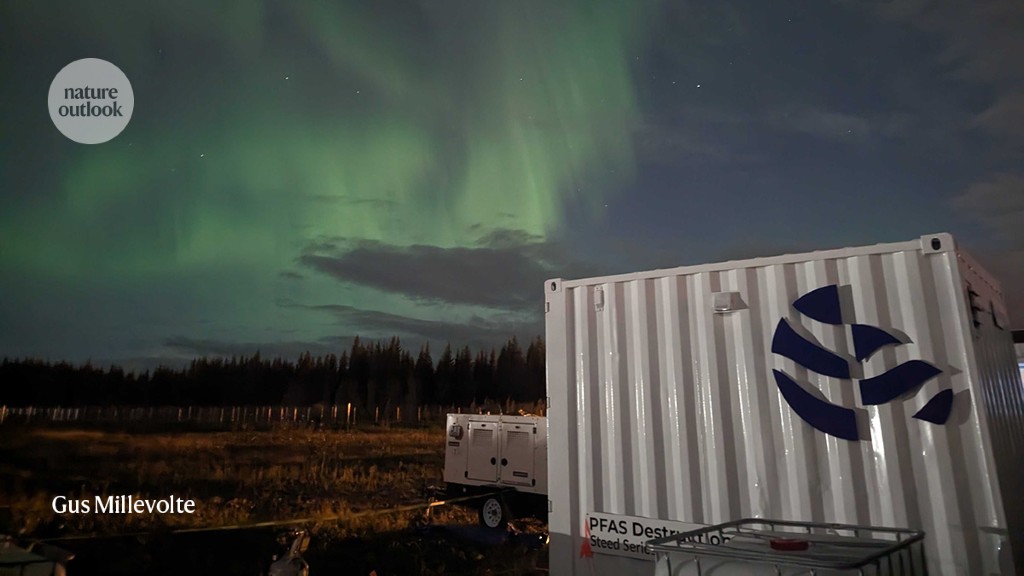This sounds promising. Wish we could do something about microplastics as well.
we’re going to have to filter the entire ocean to capture these shits as well as the plastic. or release shit tons of bioengineered things to eat the shit, which is another fun game of wreck-entire-ecosystems-roulette.
On today’s episode of “What Could Possibly Go Wrong?”
“There are new ones being put on the market each year,” says Timothy Strathmann, a civil and environmental engineer at the Colorado School of Mines in Golden.
Any chance we could, you know, stop doing this immediately?
it’s like how they finally figured out who mr Swirl was…seems like plasma and pfas woulda been tested long ago but, hey, steps forward are to be rewarded.
I think the key is using argon bubbles as a method of nucleation for the PFAS as well as an efficient medium for the plasma to be carried to the chemical. I’d imagine it would function like a neon light with water and a bubbler in it.
Making something like this likely wouldn’t have been high on the list of first things to try, especially when applying it to an entire world of contaminated water.



